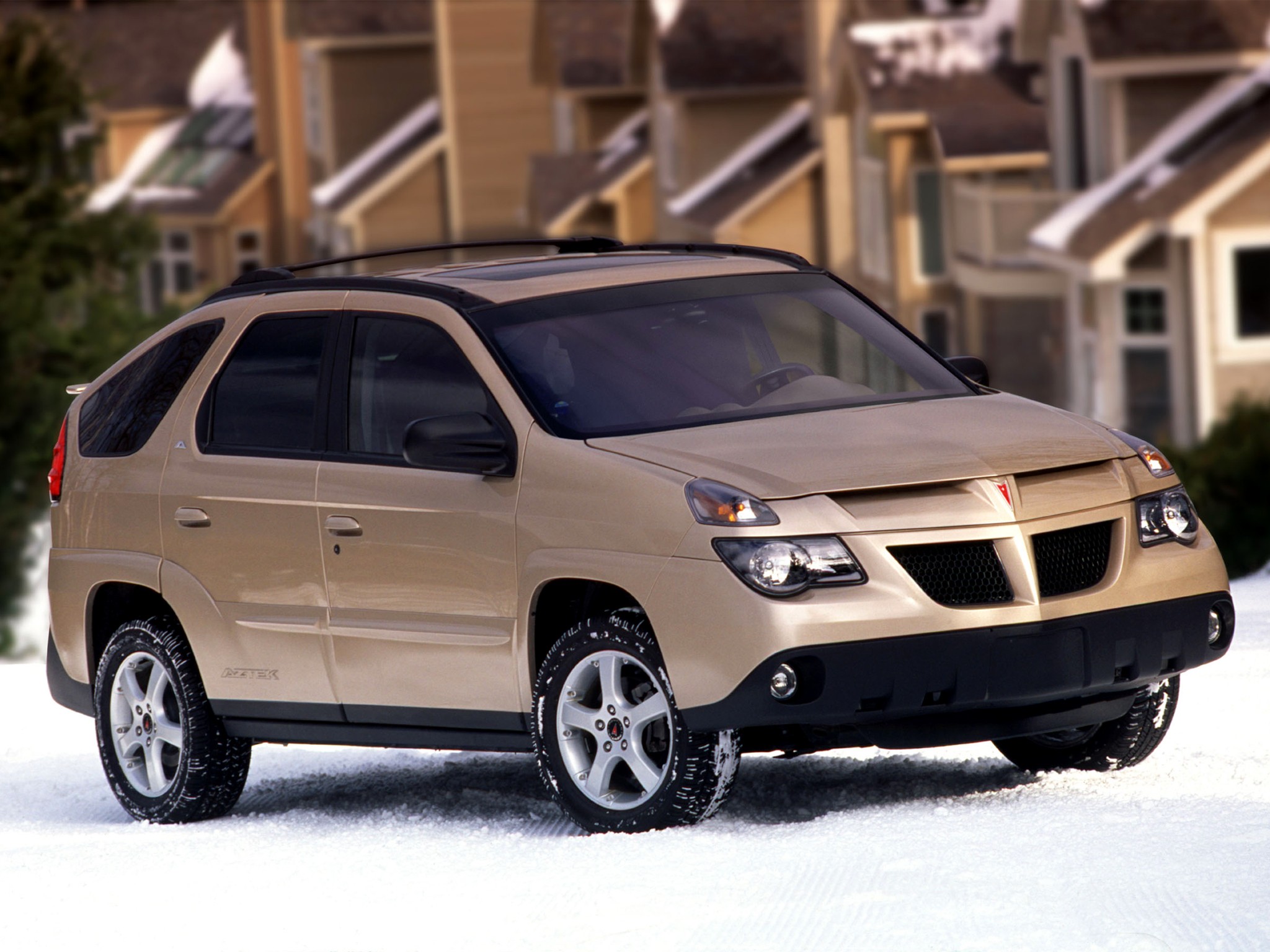

It wasn’t a bad solution, but the halcyon days of the muscle car era were definitely in the rearview mirror. In 1971, the Trans Am’s Ram Air engines were replaced with the 455 H.O., as Pontiac’s engineers tried to offset the power drop that came from reducing compression more than two points-from 10.5:1 down to 8.4:1-with torque-building displacement. It was also the only year the Ram Air III and IV engines would be offered in the second-gen cars, as the regulatory changes facing the entire auto industry brought an end to high-compression performance. It would be the only year the 12-bolt was available in a second-gen Trans Am. The 370hp Ram Air IV was optional and with either engine, torque was funneled to the ubiquitous and sturdy, Safe-T-Track-equipped 12-bolt rear axle. It was offered with the wide-ratio Muncie M20 four-speed manual, the close-ratio M21 four-speed manual, or the Turbo 400 three-speed automatic. One of the carryovers from the 1969 model year was the standard L74-code 400ci Ram Air III engine, which was rated at 345 hp (gross).

Mitchell ultimately overruled Porter on the shaker scoop, but the consolation prize was that his twin-scoop idea was picked up for the budget-performance Formula model. A pair of air scoops like nostrils at the forward edge of the hood, he argued, would be more aesthetically pleasing and effective for engine performance. He thought it disturbed the flow of the long, sleek front end and suggested it wouldn’t really deliver a performance advantage. An early version appeared on a first-gen performance concept featuring Pontiac’s OHC-6 engine, and the design was refined for the V-8 application, but Porter resisted. Porter was actually dead-set against the shaker scoop. He was there as specific features, such as the front fender vents, front spoiler, and fender spats, were drawn up, along with the functional shaker scoop pushing through the hood. But they did, and the unique design cues were overseen by designer Bill Porter. With such a low production run and no competition link, it’s no wonder Pontiac’s product planners didn’t see the marketing benefit in carrying over the model into the second generation. Unfortunately Pontiac’s Trans-Am racing engine program was never fully realized, so the production model had no ties whatsoever to its namesake racing series. The car was intended as a homologation special for the popular SCCA racing series, just like the Boss 302 and corporate cousin Camaro Z/28. Plans for the second-gen were well underway when the comparatively paltry 697 Trans Am models were built for 1969. While the second-generation’s F-bodies’ future was ensured with the redesign, the Pontiac Trans Am’s was not. Those doors made it difficult to squeeze out of the car in garages and parking decks, but such was the price of proportion perfection. That longer, lower look was also reinforced with long doors and the elimination of the rear quarter-windows. The first- and second-generation cars shared a 108-inch wheelbase, and while the second-gen cars were noticeably lower, they were only fractionally wider.

The result was a longer nose and fast-sloping rear profile, though surprisingly, the basic exterior dimensions weren’t all that different from the 1969 models.

GM Design chief Bill Mitchell’s affinity for European touring cars drove the overall design theme, with the F-body proportions radically reimagined, pushing the passenger compartment farther back on the chassis.
#PONTIAC FIREBIRD 1970 FREE#
Free from the design constraints that came with styling the first Firebird and Camaro models on an existing architecture, the second-gen cars would have a body structure shared with no other vehicles. Proportion is everything in automotive design, and GM’s second-generation F-bodies had it down.


 0 kommentar(er)
0 kommentar(er)
